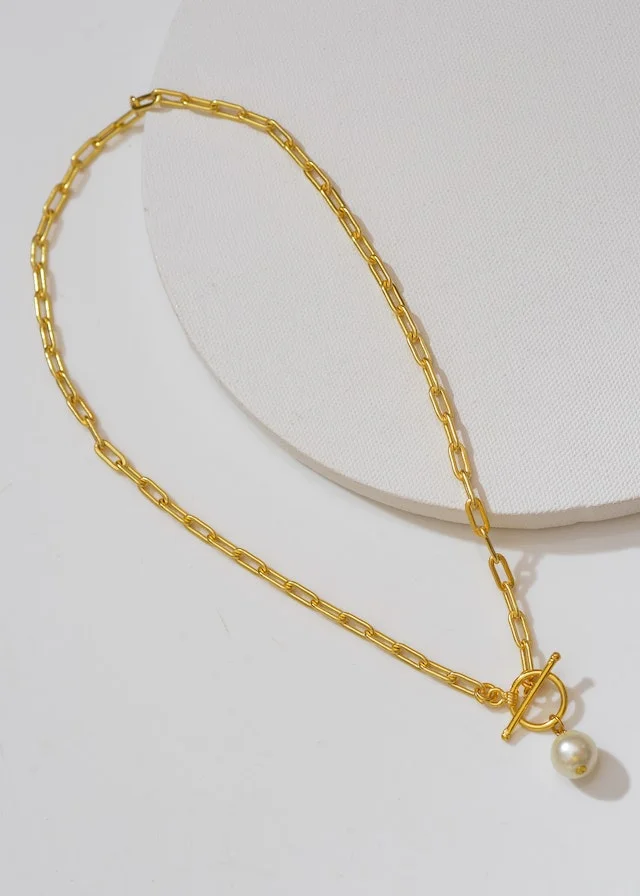Vintage Necklace Clasp Styles
The clasps on vintage and antique necklaces are recognized for being gorgeous and ornate. The clasp is a significant functional and ornamental element in the design of vintage necklaces. Here’s a look at some of the most frequent clasps found on vintage and antique necklaces.

Box Clasps
A box-like structure with an aperture on one side and a little nail-like protrusion on the other makes up the box clasp. When closed, the nail fits snugly into the opening. Box clasps were popular throughout the Victorian era and into the early 1900s. They serve as a secure closure as well as an elegant decorative element.
Filigree Clasps
Filigree clasps feature delicate swirling metalwork embellishments. The filigree design is often made of silver or gold with precision beadwork and tiny linked chains. The intricate style adds beautiful interest to the back of the neck. Filigree was frequently used in Art Nouveau and Edwardian jewelry.
Fold-Over Clasps
Fold-over clasps are designed with a hook on one end and a ring on the other. To fasten, the hook inserts through the ring and then folds or tucks back on itself. This results in a strong clasp that lies flat against the neck. Fold-over clasps are simple, strong, and commonly found on vintage necklaces.
Toggle Clasps
Toggle clasps function like a bar and ring. The bar is an elongated oval shape with a small bulge at one end. The ring encircles the smaller end of the bar loosely. When closed, the bar toggles through the ring and the bulge holds it in place. Toggle clasps were prevalent in the 1970s and 1980s.
Fish Hook Clasps
As the name suggests, the fish hook clasp looks like a fish hook with a ball, hoop, or droplet at the end of the hook. To fasten the necklace, insert the hook through a loop or link. Since ancient Egypt, fish hook clasps have been used in jewelry.
Spring Ring Clasps
Spring ring clasps contain a small spring-loaded mechanism. When the ring is compressed it opens, allowing attachment. Releasing the pressure closes the ring again. Introduced in the 1890s, this useful clasp became widely integrated into 20th century jewelry.
Lobster Claw Clasps
The lobster claw clasp features two tiny arching sides that curve inward creating a claw shape. The narrow closed end can spring open when compressed to allow the clasp to hook onto a link. Lobster clasps originated in the 1940s and are still popular in modern necklaces.
Push Box Clasps
Push box clasps look like tiny boxes with a lifting arm on one side. Pushing down the arm with a finger raises a platform on the other side to open the clasp. Releasing the arm lowers the platform again and closes the box. This clasp type dates back to ancient Greece.
Repair and Care
Vintage jewelry’s delicate clasps necessitate gentle handling. Remove the pieces first, then dust away dirt and debris from crevices with a soft-bristled toothbrush or brush. Rub lightly with a rubber eraser or baking soda mixed with a drop of dish soap on tarnished pieces to avoid harsh abrasion. Thoroughly rinse and gently dry with a soft cloth. Check moving parts, such as latch mechanisms, and lightly lubricate with jewelry lubricant if necessary to keep them running smoothly. To keep your vintage treasures in good condition, store them carefully.
Conclusion
From intricate filigree to practical spring rings, the clasp is an important design detail on vintage necklaces. Knowing the style and age of the clasp can provide helpful clues about the history and era of antique and vintage necklaces. With their rich heritage and craftsmanship, vintage clasps add beauty as well as function.

FAQs
You’ll get antique necklace clasps in four types – barrel, hook, box, and lobster. Of these, the hook and box ones are rare, while others are cheap. Get iron, gold, or silver jewelry clasps for a fast resale. And remember to check their hallmarks and stamps to hike costs.
Dating Brooches by Clasp or Fastening
From the beginning of time until now, clasps on brooches have come in many different styles. Extended C clasps and C clasps, Trombone Clasps, and Locking C clasps are some common styles. Pins types were the Jabot pin, dress clip, duette, collar pins, and pin clips.
Hallmarks. A piece of jewelry with hallmarks can tell you a lot about it, from when it was made to who made it, as well as the country and even the region in which it was made.
Brooch Clasps and fastenings
Earring Fittings and Findings.
Colors.
Diamond Cuts.
Box Clasp. Most commonly found on tennis bracelets and necklaces, the box clasp is a stylish and refined jewelry clasp.
Bead Clasp.
Barrel Screw Clasp.
Fishhook Clasp.
Magnetic Clasp.
Spring Ring Clasp.
Lobster Clasp.
Toggle Clasp.
